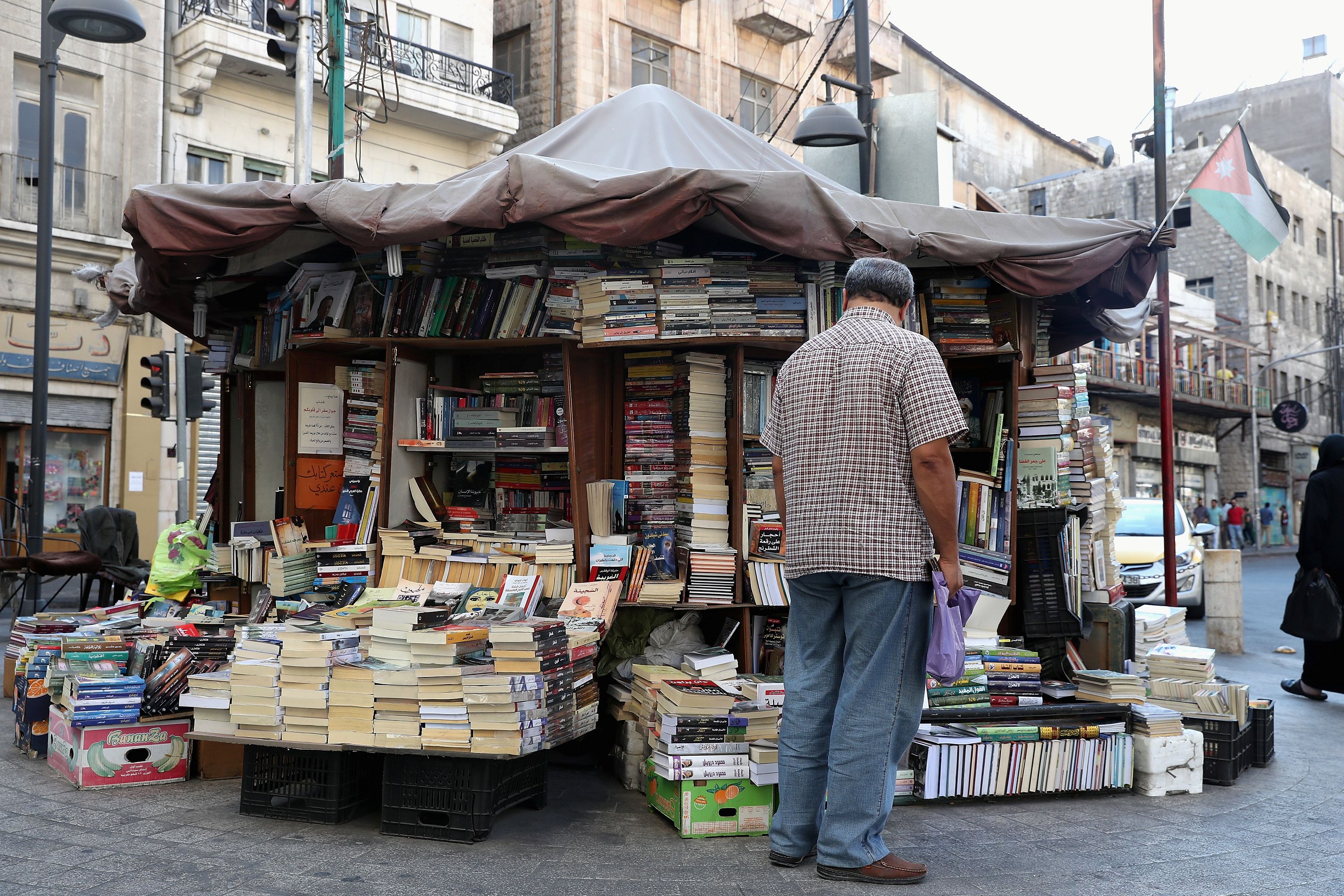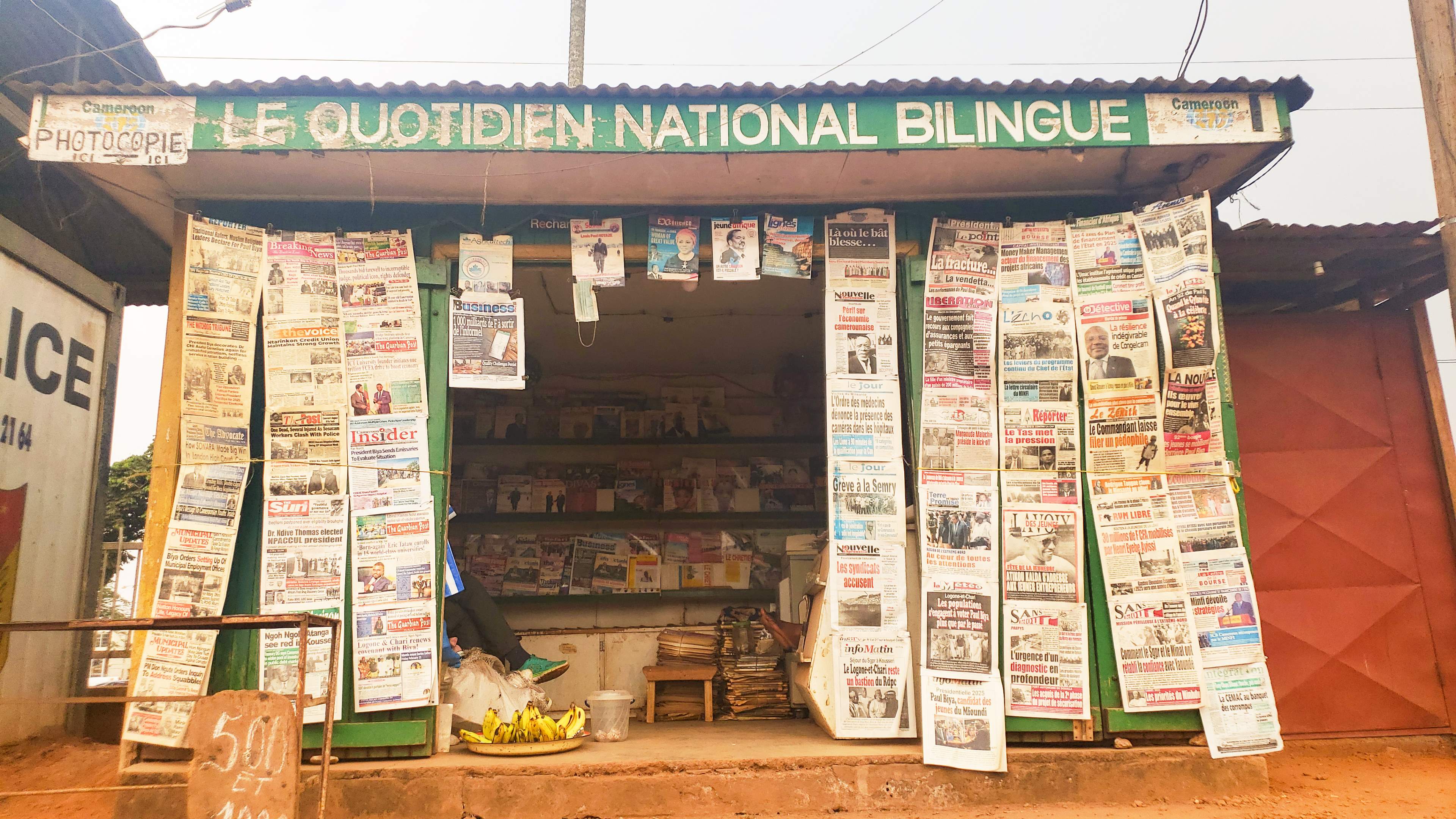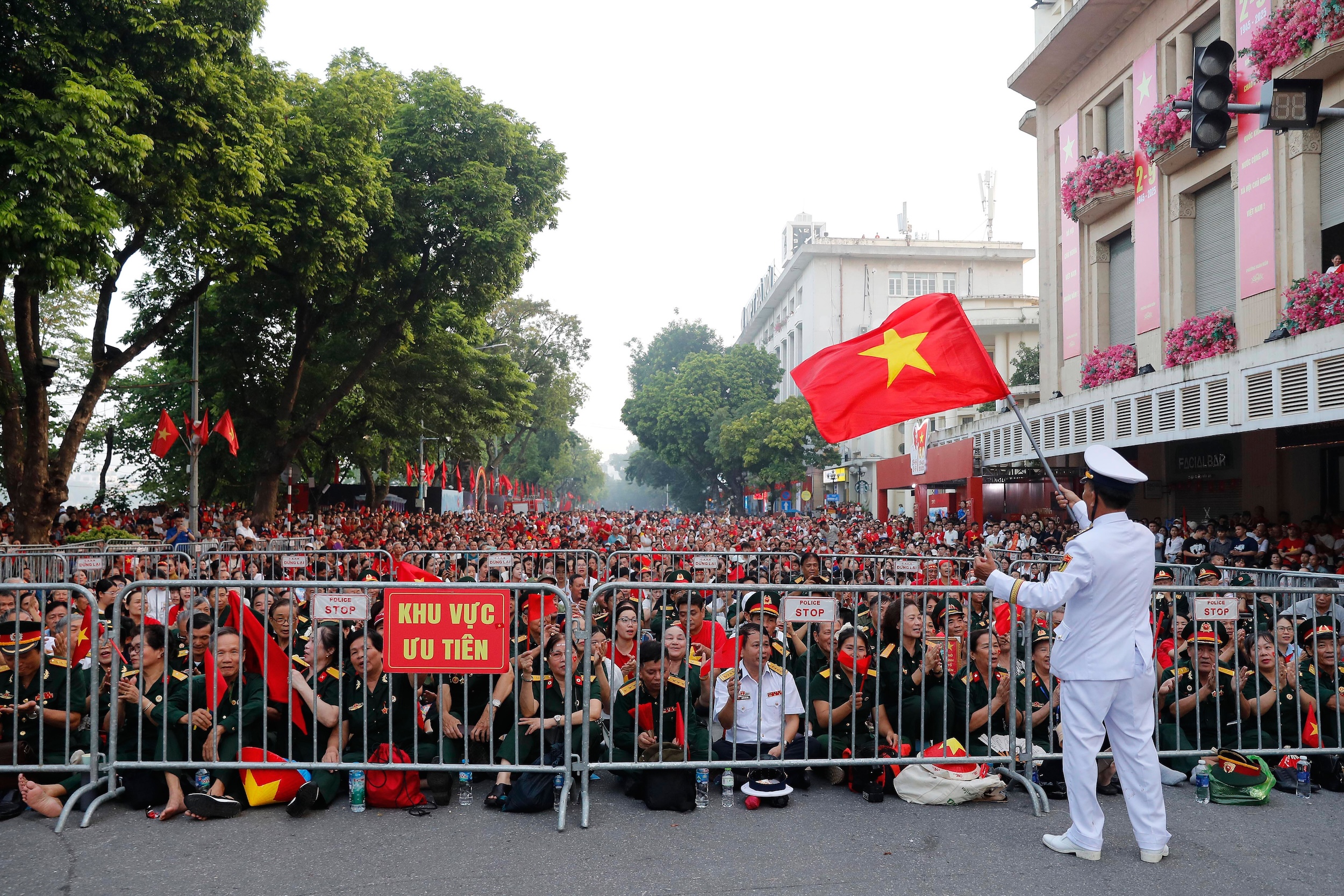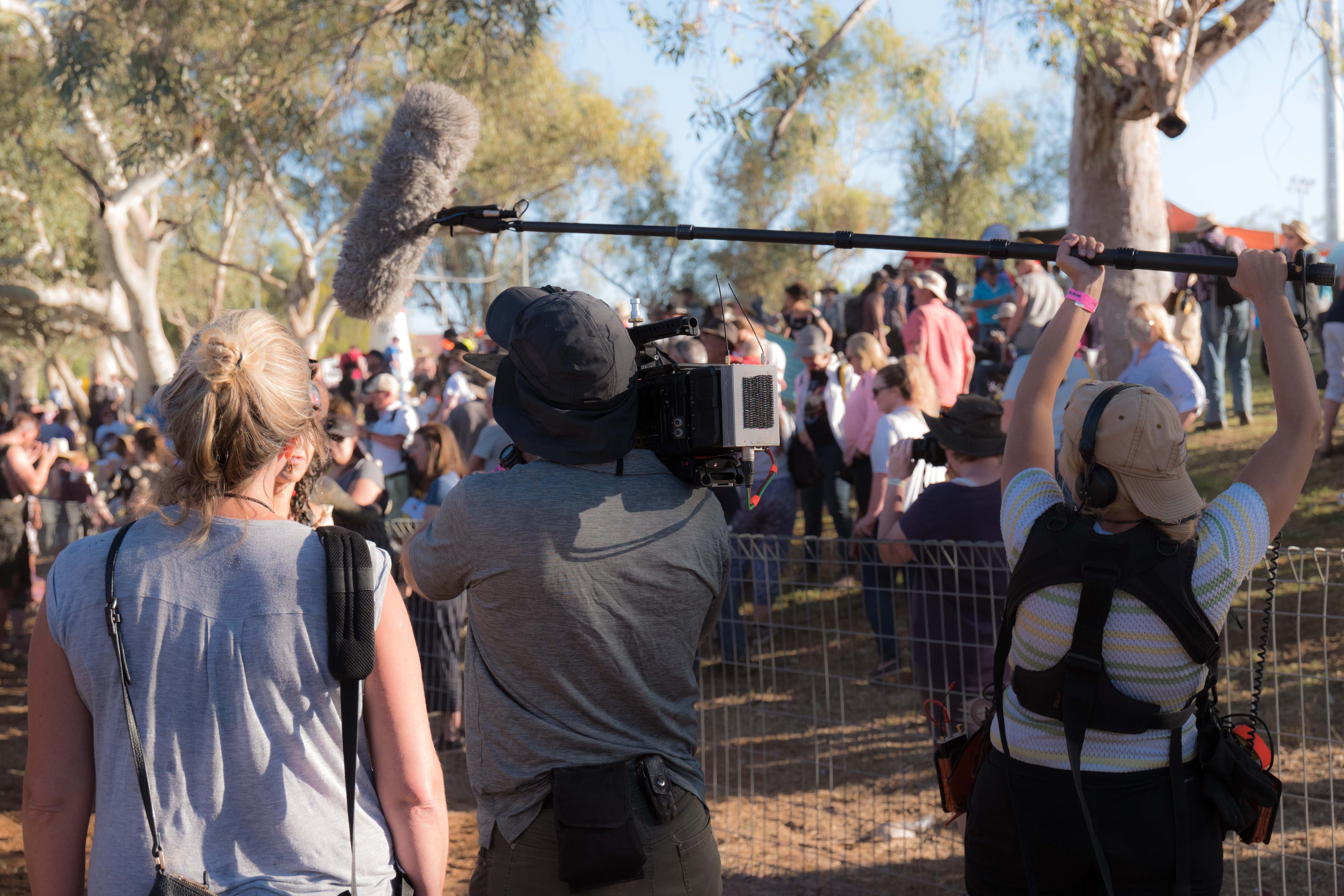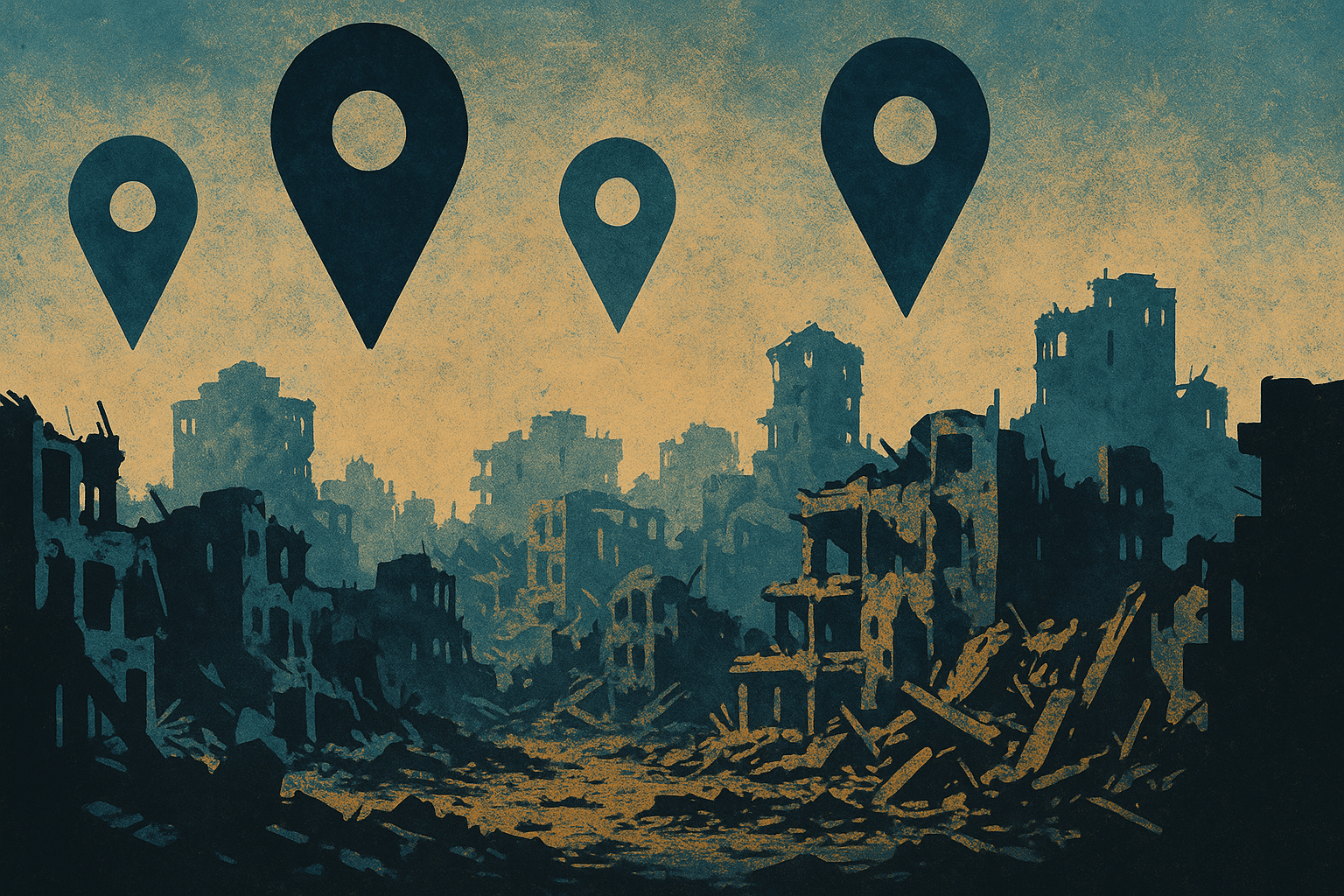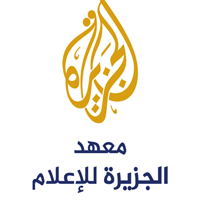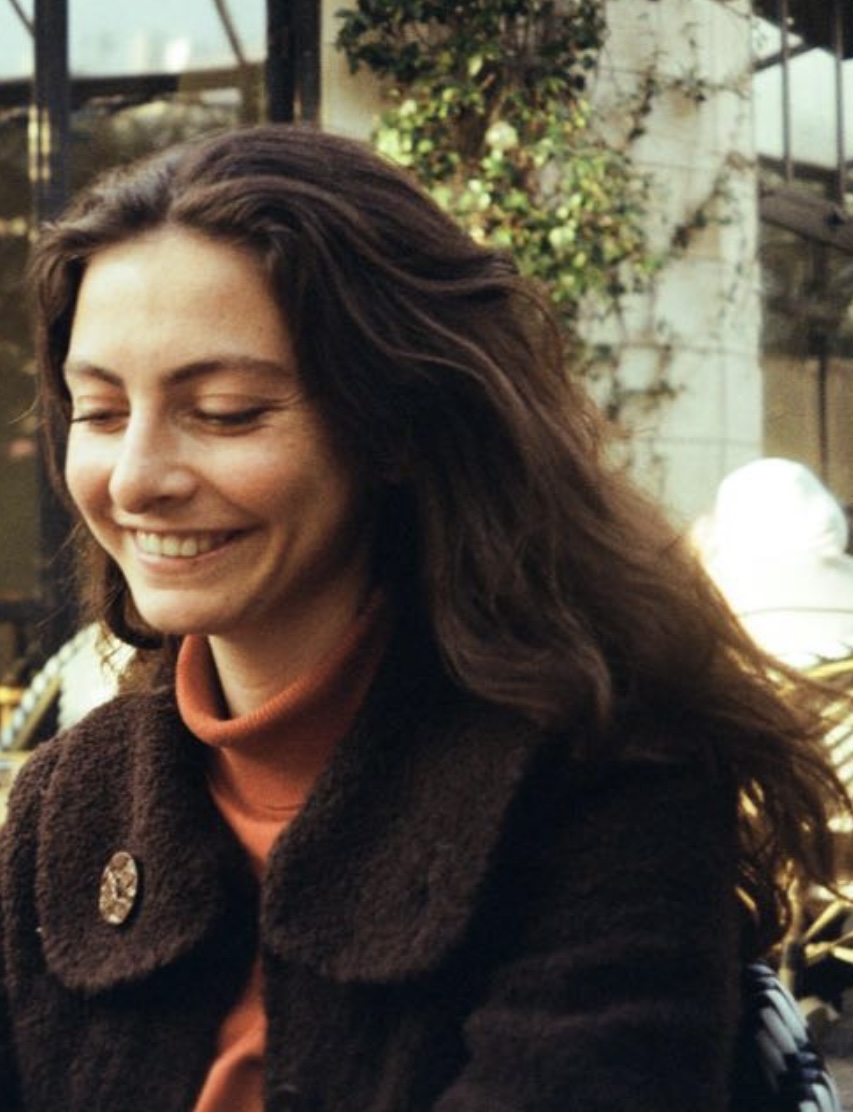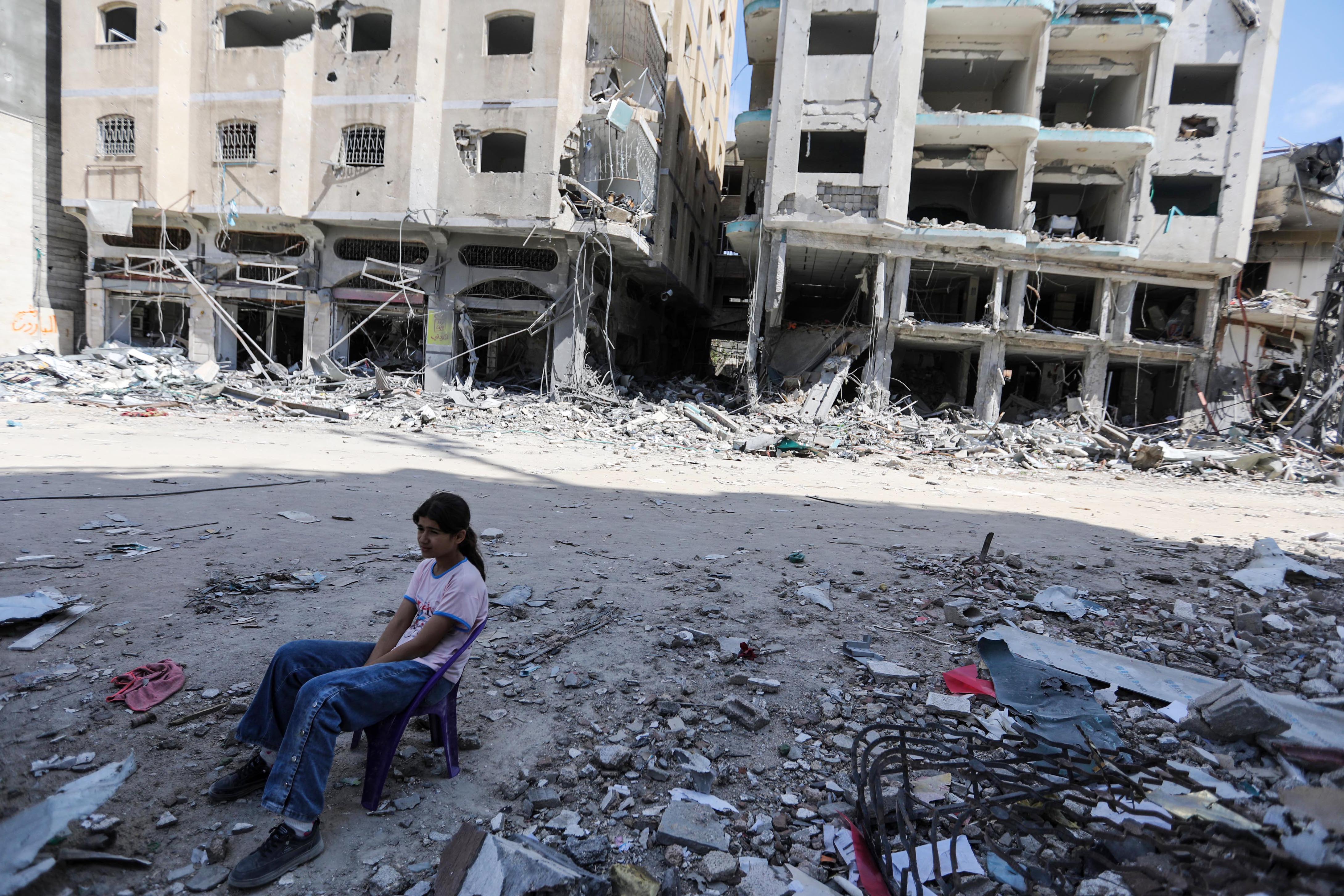The crisis of cultural journalism in the Arab world reflects a deeper decline in the broader cultural and moral project, as well as the collapse of education and the erosion of human development. Yet this overarching diagnosis cannot excuse the lack of professional training and the poor standards of cultural content production within newsrooms.
For more than a decade, Arab cultural journalism has been in what might — with some risk of overstatement — be described as an existential crisis. A key aspect of this crisis stems from the broader collapse of Arab journalism itself, especially print journalism, which has deteriorated to the point where people no longer turn to newspapers to understand what’s happening in the world. The proliferation of faster, more accessible digital platforms has rendered the daily paper nearly obsolete, offering real-time coverage in ways print simply cannot match.
With the collapse of print journalism and the erosion of its presence, cultural pages either diminished significantly or disappeared altogether from newspapers, replaced mostly by news content lifted from internet sources or from the Facebook accounts of writers, intellectuals, and artists, along with other social media platforms. Thus, Arab cultural journalism — which once occupied multiple pages in major Arab newspapers — has been reduced to skeletal sections that no longer enable readers to grasp what is happening in the cultural spheres locally, regionally, or globally. Instead, they rely on self-submitted updates from writers and intellectuals who cover their own activities, undermining the credibility of the news and inflating the achievements of individuals who often occupy marginal positions within the Arab cultural landscape.
The Distant and Not-So-Distant Past
There is no doubt that Arab cultural journalism — in both specialized and general magazines, weekly cultural supplements, and daily newspaper pages — flourished visibly during the 1960s and 1970s. That golden era extended well into the 1980s before a gradual decline began in the latter half of the 1990s. The crisis deepened at the turn of the millennium and worsened further during the second decade of the 2000s.
A glance at the history of Arab cultural journalism confirms that cultural sections once received as much attention as politics, economics, or local news. What distinguished cultural content, however, was its diverse presence across major Arab newspapers: weekly supplements, daily pages, serialized book reviews, and long-form articles penned by intellectuals and dispersed throughout the paper. In this way, the reader received a rich cultural offering — from short news briefs and commentary to in-depth features and book reviews — that could last them the entire week and offer insight into local, regional, and global cultural issues.
Culture, in these now-defunct or marginalized publications, was one of the most vital — if not the most vital — sectors. Key Arab newspapers and widely circulated weekly magazines gave cultural content central importance. This alone speaks volumes about the magnitude of the loss sustained when such outlets ceased publication, suspended their cultural supplements, or reduced them to pale remnants.
With the collapse of print journalism and the erosion of its presence, cultural pages either diminished significantly or disappeared altogether from newspapers, replaced mostly by news content lifted from internet sources or from the Facebook accounts of writers, intellectuals, and artists, along with other social media platforms.
Among the newspapers once eagerly awaited for their cultural sections were An-Nahar’s cultural supplement, As-Safir, the cultural pages of Kuwait’s Al-Watan and Al-Qabas, Morocco’s Al-Ittihad Al-Ishtiraki, Iraq’s Al-Thawra and Al-Jumhuriya, Saudi Arabia’s Al-Jazeera, Okaz, and Al-Youm, as well as the UAE’s Al-Khaleej, Al-Ittihad, and Al-Bayan. Jordan’s Ad-Dustour and Al-Rai, Egypt’s Akhbar al-Adab, Al-Ahram’s cultural supplement, and internationally-based Arab dailies like Al-Hayat and Al-Quds Al-Arabi (both published in London) also played major roles. The same can be said of several weekly magazines with a strong cultural focus, such as the UAE’s Ash-Shurooq, Lebanon’s An-Nahar Al-Arabi wa Ad-Duwali, and a number of Paris-based publications including Kul Al-Arab, Al-Youm Al-Sabea, Ad-Dustour, and Al-Watan Al-Arabi, as well as Palestine’s Al-Ufuq (published in Cyprus). If I have overlooked any influential publications that once devoted substantial space to culture — through supplements, dedicated pages, or book formats — I ask the reader’s pardon.
The relevance of recalling these cultural pages and publications lies in more than nostalgia. It signals how deeply some Arab newspapers once engaged with both local and global cultural production, issuing general and specialized cultural supplements that kept pace with literary, theatrical, cinematic, and visual art movements. These outlets chronicled the cultural landscape at home and abroad, offering readers a clear view of contemporary artistic and intellectual developments, and helping them grasp the fundamental shifts taking place across cultural and artistic fields worldwide.
In this sense, the flourishing of cultural journalism was partly a reflection of the richness and growth characterizing Arab culture and the arts during that time. It was also deeply connected to the vibrancy of translation, intellectual exchange, and engagement with global ideas — borrowing, interpreting, debating, and transforming them. Journalism, after all, is a mirror of its surrounding environment — of the transformations, arguments, tensions, and competing visions that define a given time and place. Without such intellectual friction — in public life as well as cultural life — journalism loses its vitality, becoming a mouthpiece for whoever holds the purse strings, be they parties, governments, or foreign sponsors.
The flourishing of cultural journalism was partly a reflection of the richness and growth characterizing Arab culture and the arts during that time. It was also deeply connected to the vibrancy of translation, intellectual exchange, and engagement with global ideas — borrowing, interpreting, debating, and transforming them. Journalism, after all, is a mirror of its surrounding environment — of the transformations, arguments, tensions, and competing visions that define a given time and place.
The Information Age and the Rise of Digital Platforms
One of the main reasons behind the decline of cultural journalism lies in the overwhelming flood of information, driven by the breakneck pace of technological advancement and the evolution of social media platforms. These tools now transmit information with a speed previously unimaginable. In this new reality, print newspapers resemble steam-powered trains in an age more akin to post-nuclear propulsion — to borrow a fitting metaphor. Most Arab newspapers, including those with a cultural focus, have remained static in how they present their content, seemingly unaware that by the time the news reaches print, it has already been overtaken by events.
This rigidity has contributed to the decline of print journalism in the Arab world, still bound to the old mediums of words and static images. Meanwhile, websites — including general news platforms and cultural outlets — are in a constant state of update. Consider, for example, Al Jazeera’s website, which delivers a continuous stream of political, cultural, and economic content — updated by the minute, not by the hour. It keeps its readers informed in real time, while also offering deep analysis, including on cultural developments.
A major flaw in many Arab newspapers — including their cultural sections — is that they duplicate content across both their print and digital editions. This leaves them lagging behind the rapid-fire pace of digital platforms, dragging their feet behind the speeding train of online news. The print version of the newspaper — which, I suspect, will soon disappear entirely and be relegated to museum archives — now merely serves as an advertisement for the vast array of content offered on the newspaper's website: news, analysis, opinion pieces, videos, podcasts, infographics, and interactive features that are constantly refreshed.
As a result, cultural content is squeezed out by the sheer volume of news, images, and video that dominates the digital space of these platforms. This reality demands a rethinking of strategy by those working in cultural journalism: the print edition should prioritize analytical and in-depth features with lasting relevance, while the digital edition must provide rolling updates that keep up with the deluge of information facing reporters, editors, columnists, and contributors. The same logic applies to cultural content on news websites or specialized cultural platforms.
Major international newspapers have long recognized the need to distinguish between the editorial missions of their print and online editions. One only needs to compare the print versions of The Guardian, The New York Times, El País, or Le Monde with their respective websites to grasp the vast differences in scope and approach. In contrast, many Arab newspapers have declined or disappeared because they failed to reconcile these two very different formats.
The Arab world, like many other regions, has entered the era of general and specialized digital platforms as a replacement for print journalism. While this shift has undeniably weakened cultural coverage, it has also — paradoxically — opened up a wider space for it in the sprawling digital landscape.
Culture Between Print and Digital Media
If newspaper websites — as well as digital-only platforms — offer vast space for extended coverage, essays, and cultural analysis, then why has Arab cultural journalism deteriorated to its current state? What is the relationship between the medium and the content it delivers? Was print journalism more committed to cultural affairs than today's digital outlets?
I don’t believe that the current weakness of Arab cultural journalism is fundamentally tied to the medium through which it is published. There is, in fact, an overwhelming amount of cultural content available on digital platforms — often too much. But much of it is of poor quality, written in clumsy language by amateurs, non-specialists, or individuals with no grounding in journalism. This is largely the result of the chaotic, unregulated nature of digital publishing — including cultural websites. The lack of training, combined with the ease with which anyone can launch a website and publish whatever they like without editing, fact-checking, or commissioning work from experts, has flooded the field with low-quality content.
This was not the case in the age of print journalism, when cultural sections were handled by trained editors who commissioned pieces from specialists and employed professional journalists capable of reporting on cultural events across the Arab world and beyond. Today, in the world of “influencers” — many of whom publish across various platforms — we see flimsy, sometimes laughable reviews of books, films, plays, festivals, and concerts. Anyone can now launch a YouTube channel, conduct interviews, and offer commentary without the necessary knowledge, specialization, or skill to explain why a certain book, film, or song resonated with them. The lines have blurred, and experts have largely retreated into silence, distancing themselves from the noisy chaos that dominates screens, platforms, and digital spaces.
I don’t believe that the current weakness of Arab cultural journalism is fundamentally tied to the medium through which it is published. There is, in fact, an overwhelming amount of cultural content available on digital platforms — often too much. But much of it is of poor quality, written in clumsy language by amateurs, non-specialists, or individuals with no grounding in journalism.
Yet everything I’ve mentioned so far still doesn’t fully explain the fragility of Arab cultural journalism today, nor does it pinpoint the core of the problem. A shift in mediums does not, by itself, degrade the quality of the content — if anything, the opposite should be true. With the staggering pace of technological development, the vast reservoir of accessible knowledge now available within seconds, and the rise of AI tools capable of guiding us to sources, identifying connections, and offering interpretations we may not have imagined — all of this should empower Arab cultural journalism rather than weaken it.
In this sense, the true cause of the crisis lies elsewhere.
The Crisis of Arab Society and the Absence of a Cultural Project
As previously noted, professional training is lacking across both traditional print and digital Arab journalism. To be fair, there are still a few bright spots — scattered here and there — where certain media outlets are making productive use of the possibilities offered by digital technologies: linking, cross-referencing, and seamless navigation from one page to another with a click, enabling readers to access encyclopedic content curated and accumulated over time. Al Jazeera’s website, for instance, exemplifies this model, enriching cultural articles by connecting them with previous content on the same platform or elsewhere online.
The real problem, then, lies in training, editorial preparation, fact-checking, and coordination among editors, writers, designers, and layout professionals — all of which are needed to produce high-quality cultural content that meets professional standards.
A change in mediums does not necessarily lead to weaker content — the opposite, in fact, should be true. The rapid advance of technology, the immense availability of knowledge, and the emergence of AI tools capable of locating, linking, and interpreting information in novel ways — all of this should empower Arab cultural journalism, not diminish it.
But even this isn’t enough to fully explain the current fragility of cultural journalism. There is a deeper cause: the weak returns on cultural work, the lack of public interest, and a growing preference for fast, bite-sized information that demands no patience or sustained reading. As a result — and for the reasons already mentioned — media outlets no longer invest in skilled cultural and arts editors.
In an age where education in both schools and universities across the Arab world is in decline, we’re witnessing a broader cultural retreat: the rise of superficiality, the erosion of knowledge, and a widespread disinterest in high culture — in literature, theater, cinema, and thought. This has only worsened the crisis in Arab cultural journalism, which now reflects the larger failure of the Arab civilizational and cultural project.
Addressing that failure requires a different conversation altogether — one that confronts the absence of political will, the fragmentation of the Arab cultural space, and the growing insularity of both political and cultural life. Many Arab states now serve up hollow performances of culture and art, preoccupied with superficial and commercialized forms, while neglecting the serious, long-term intellectual projects needed to propel them into the ranks of the world’s leading nations.
But that, too, is another story.
This article was originally written in Arabic and translated into English using AI tools, followed by editorial revisions to ensure clarity and accuracy
